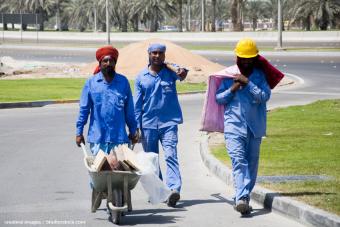Circular Migration
Recent Activity
During this public briefing in Guatemala City (conducted in both English and Spanish), the Co-Directors of the Migration Policy Institute-convened Regional Migration Study Group, MPI President Demetrios G. Papademetriou and Senior Fellow Doris Meissner, presented the Study Group’s final report, Thinking Regionally to Compete Globally: Leveraging Migration and Human Capital in the U.S., Mexico, and Central America.
Predeparture orientation programs have emerged as an important tool for the protection of migrant workers for a number of Asian states. This brief examines the strengths, limitations, and areas for improvement of this intervention.
This joint Migration Policy Institute and International Organization for Migration event marks the Issue brief launch of Regulating Private Recruitment in the Asia-Middle East Labour Migration Corridor.
The 2012 Global Diaspora Forum challenged diaspora communities to forge partnerships with the private sector, civil society, and public institutions in order to make their engagements with their countries of origin or ancestry effective, scalable, and sustainable.
A discussion with Dr. Noppawan Tanpipat, Vice President, National Science and Technology Development Agency; Frank Laczko, Head, Migration Research Division, IOM; Dovelyn Rannveig Agunias, Regional Research Officer, IOM, and Policy Analyst, Migration Policy Institute (MPI); and Kathleen Newland, Director of Migrants, Migration, and Development, Migration Policy Institute (MPI).
This discussion highlights the best practices and experiences of different countries in engaging and maximizing the contributions that diasporas can and do make to the development of their country of origin, and more broadly the experience of policymakers in both sending and receiving countries and the related challenges and opportunities they face.










